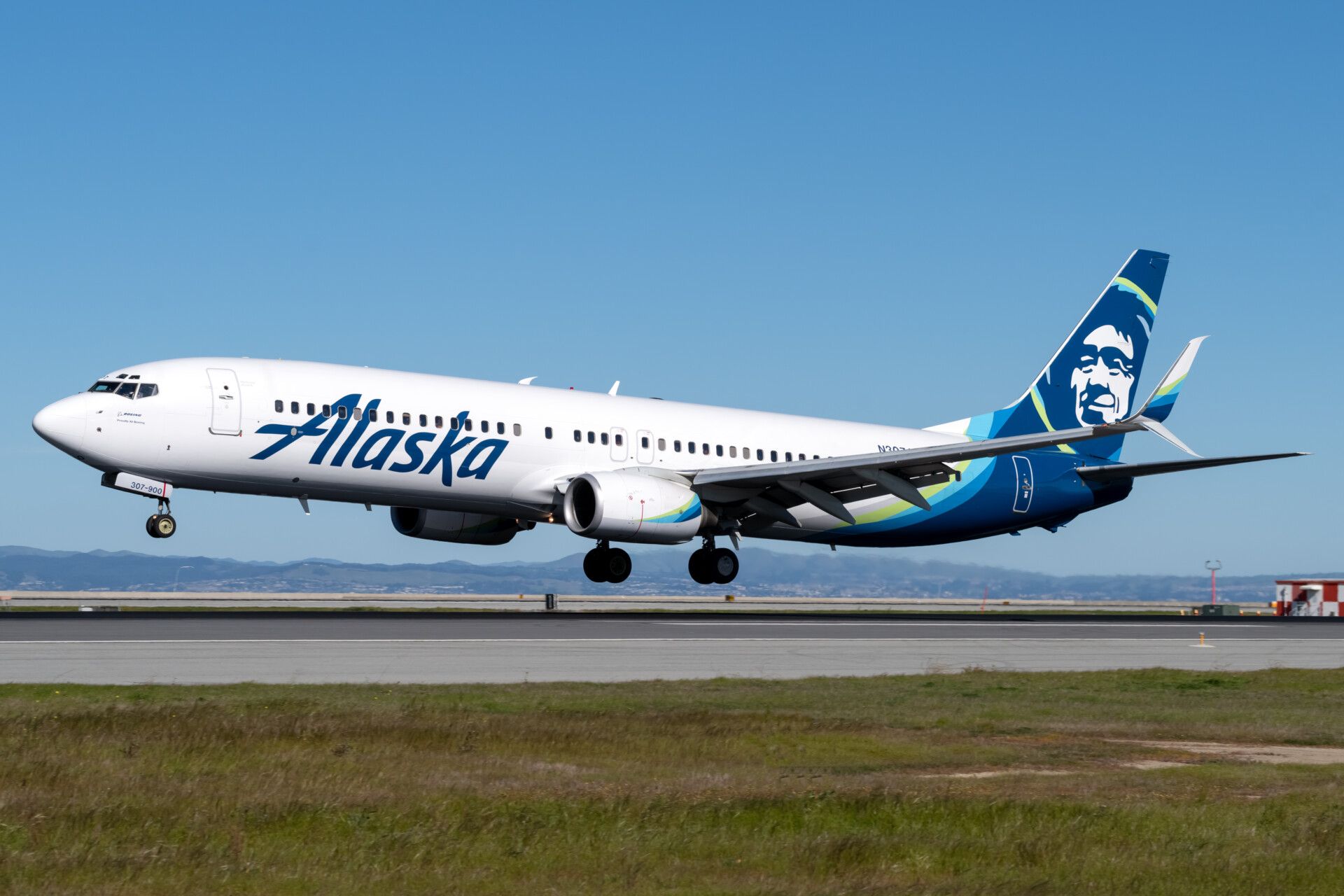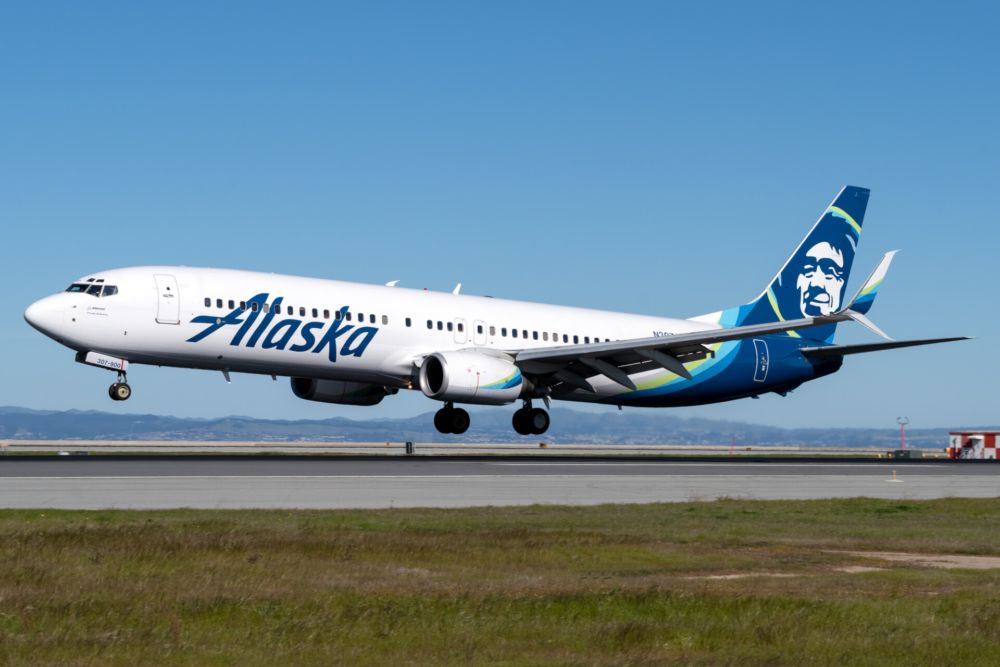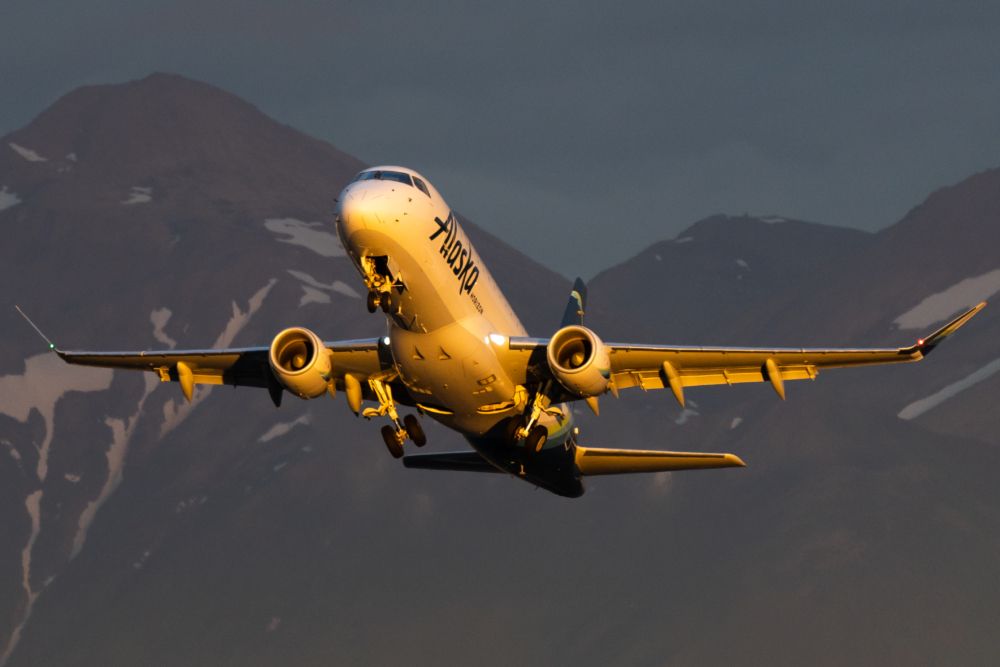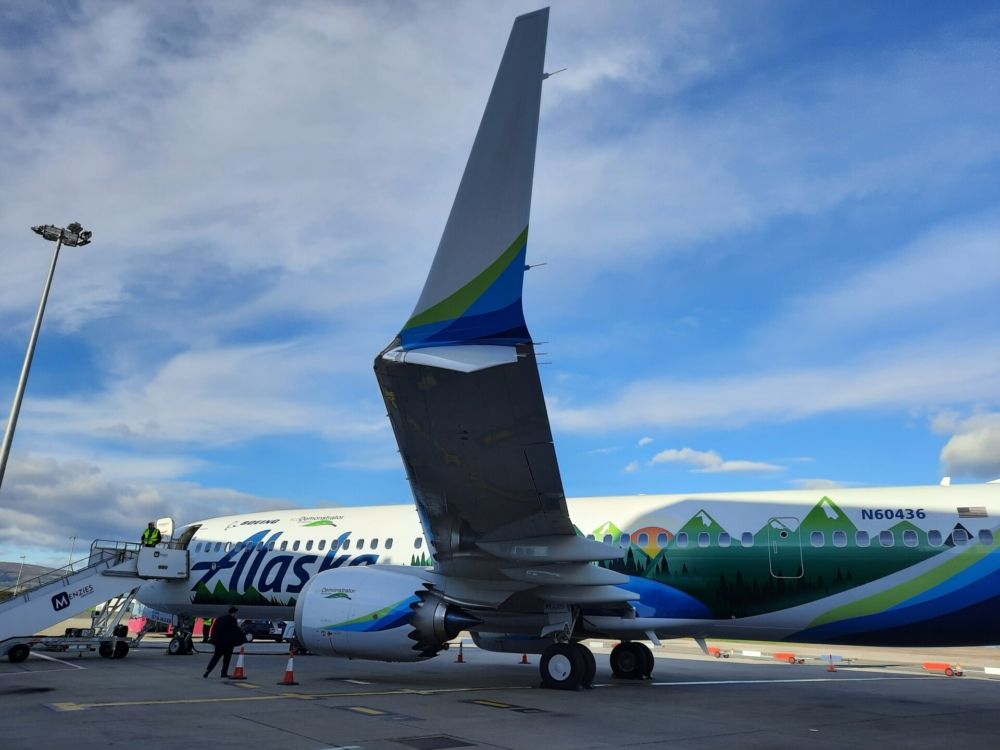On Monday, Alaska Airlines announced the formation of a new LLC. The carrier has set up Alaska Star Ventures to help advance emerging decarbonization technologies. The new initiative is meant to help the airline reach its pledged target of net-zero emissions by 2040.
Alaska Star Ventures
Alaska Airlines is one of the more ambitious airlines in the sustainability race. The Seattle-based carrier has pledged to reach net-zero a decade before most of the industry. It has set up an actual and actionable roadmap for how to get there, and now - a specialized investment vehicle.
The airline says that while sustainable aviation fuels (SAF) and new propulsion technology such as electric and hydrogen tend to get most of the attention, there are also other types of technology that can help reduce fuel burn and increase efficiency.
"To live our purpose and create an airline people love, we must operate every day in a way that cares for both people and the environment. To do that, we are seeking technologies that will accelerate our mission to build a more sustainable future for the aviation industry," Alaska Airlines CEO Ben Minicucci said in a statement.
For its first investment, in the amount of $15 million, Alaska Star Ventures has partnered with Up.Partners and its inaugural venture fund. The company specializes in early-stage investments in sustainable transportation initiatives in 'multi-dimensional mobility'. Up.Partners also has the support of, for instance, Boeing and Honeywell.
Technology essential for execution plan
The new initiative has emerged as a result of Alaska Airlines pledging to go net-zero by 2040 - joining JetBlue at the North American forefront of the carbon-neutral race. Alaska says its strategy, which includes the successful deployment of the Flyways AI and machine learning platform to help reduce fuel burn, has inspired the pursuit of additional technologies.
"When we looked at, what's our execution plan for that path, we started to realize that there were a lot of areas where technology was essential for us to hit our goals. So we decided to set up this investment vehicle to really be a catalyst for finding and accelerating and advancing technologies that help us accelerate that path to net-zero," Diana Birkett Rakow, Alaska Airlines' Vice President of Public Affairs and Sustainability, told TechCrunch on Monday.
Identifying immediate implications
Investments aside, the initiative is also meant to help the airline identify which emerging technologies will be beneficial and applicable to industry-specific needs. Furthermore, they should be deployable within the next three years. The types of technologies funded by Alaska will be in line with the airline's five established focus areas on its road to 2040.
These five pillars are increasing operational efficiency, evolving the fleet, increasing the use of sustainable aviation fuels, novel propulsion technology, and credible carbon offsets. Furthermore, Alaska is committed to reducing its impact on waste and water, featuring an ambitious onboard recycling program.
The airline has also partnered with the Boeing ecoDemonstrator program, offering one of its 737 MAX 9s for the testing of new sustainable technology. The aircraft, which Simple Flying had the good fortune to board on its visit to Glasgow earlier this month, featured, among other things, recycled carbon fiber sidewall panels with waste from the 777X production line.




